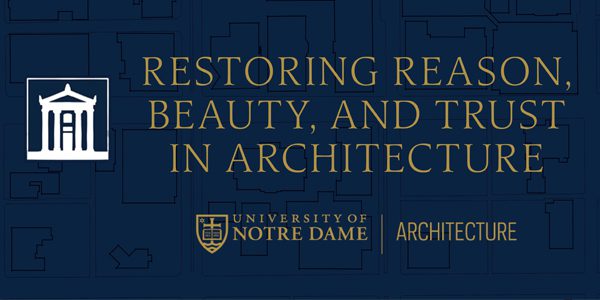Blue I
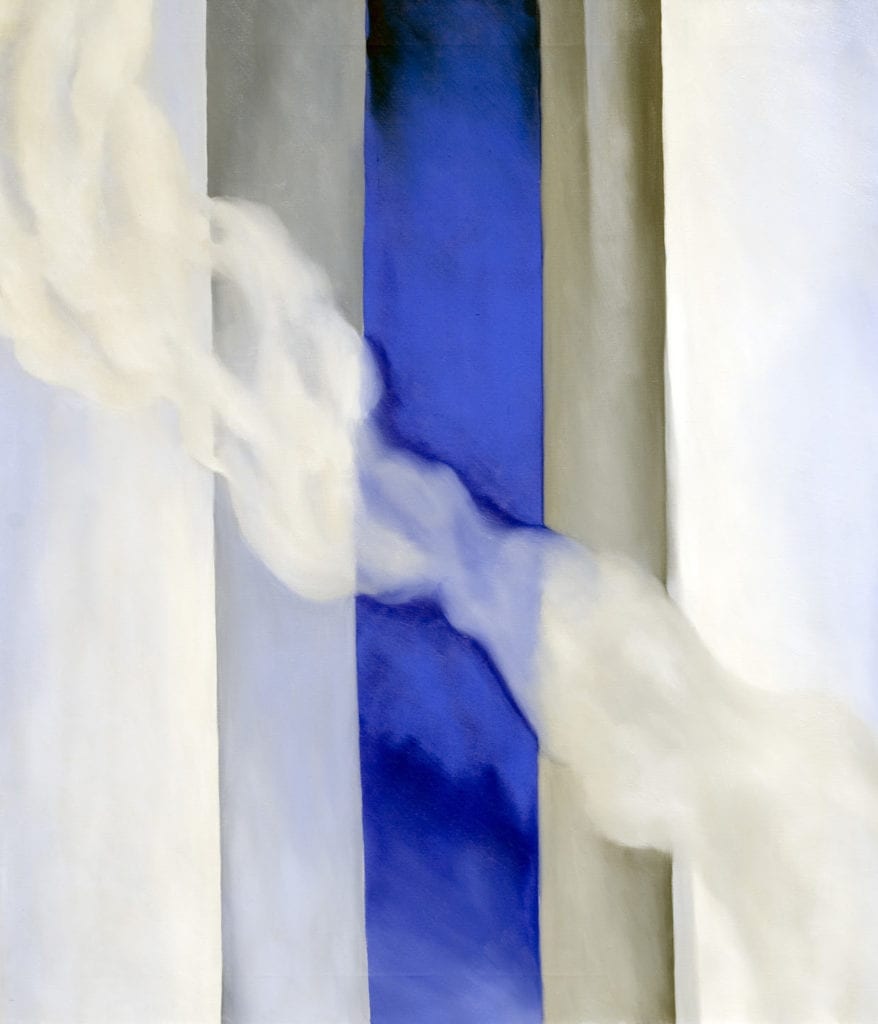
ABOUT THE ARTWORK
Who made it?
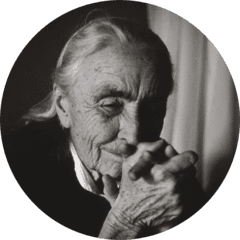
Georgia O’Keeffe painted Blue I. She was among the first internationally known American artists to train exclusively in the United States and to find her subjects here. When she was 15 years old, she decided to become an artist and she had a prolific career until her death at the age of 98.
By 1915, O’Keeffe had developed a working method based on magnifying and simplifying details to create abstract compositions with the lines, forms, and tonal values found in nature. Common subjects in her work were flowers, cityscapes, landscapes, bones, and the sky. O’Keeffe said, “I found I could say things with color and shapes that I couldn’t say any other way . . . things I had no words for.”
What’s going on in this work?
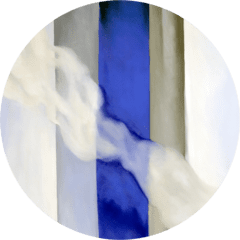
Blue I belongs to a series of paintings that relate to O’Keeffe’s visual memories of her extensive air travel between 1957 and 1979. The experience of looking down at the world from high up in an airplane gave her new ways of seeing such familiar aspects of nature as rivers, fields, clouds, and the sky.
In this early work in the series, O’Keeffe may have combined the abstracted forms of rivers—seen from above as deep blue stripes—with layers of cloud, crossed by a diagonal wisp of jet stream or smoke.
Take a closer look.
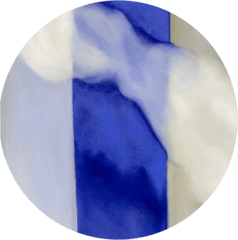
Click on the full image of Blue I above to see a larger version of the work. Look closely at the painting and use these questions to guide your looking. Share your thoughts with your family at home, with a friend through a virtual conversation, or with us in a response to this email.
- What do you see when you look at this painting? What does it remind you of? What do you see that makes you say that?
- How would you describe the mood of this painting? What do you see that makes you say that?
- How is this painting like a landscape? How is it not like a landscape? What do you see that makes you say that?
To receive the collection in your inbox, join the Raclin Murphy Museum’s mailing list.
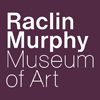
Engage with the Raclin Murphy Museum of Art by exploring their collection through background information and reflection questions. For more information on the collections, please visit the Raclin Murphy Museum of Art website.
Learn MoreMarch 30, 2020

